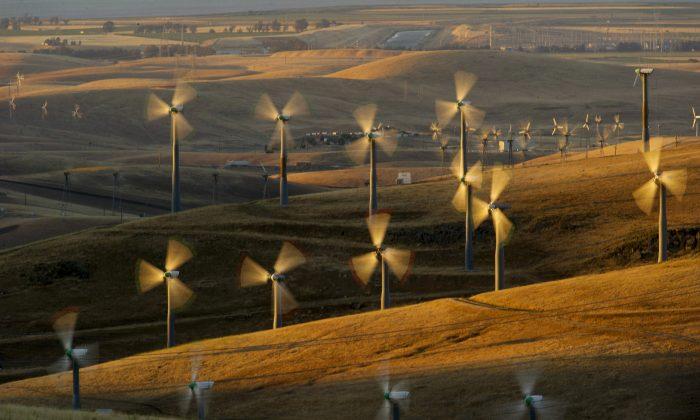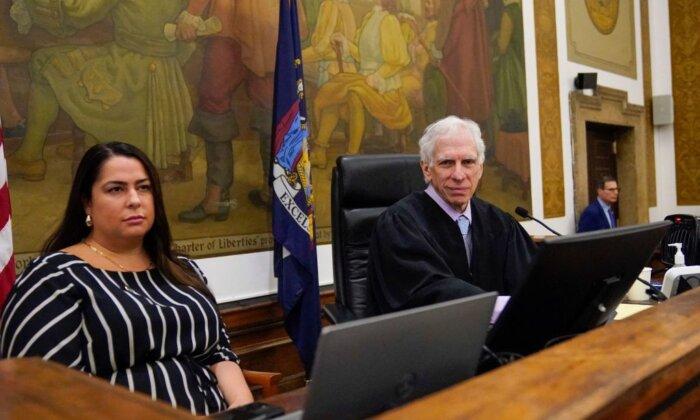The U.S. Department of Energy released a detailed analytical report “Wind Vision: A New Era for Wind Power in the United States,” providing a road map of the wind energy industry through 2050.
“We can do this and save you money by doing it,” said Tom Kiernan, CEO of the American Wind Energy Association (AWEA), in a press release.
In addition to highlighting expected environmental benefits, the report emphasized economic benefits. It estimated more than 600,000 jobs by 2050 in the wind energy industry, pulling workers from a number of sectors, including engineers, construction workers, truck drivers, factory workers, utility operators, maintenance technicians, and electricians.
“This report documents how wind energy already provides major economic and environmental benefits to America, including protecting consumers against energy price spikes, and making deep cuts in pollution and water use, commented John Kostyack, executive director of the Wind Energy Foundation, in the AWEA press release.
The estimate is based on several national studies including a 2012 study of 1,009 counties across 12 states, which showed that personal income for people working on wind power production increased by approximately $11,000 between 2000 and 2008—the period when wind power installations occurred.
Another study, conducted in Iowa, focused on the first 1,000 MW of wind power developed between 1999 and 2008, and confirmed multiple economic benefits. During construction nearly 2,300 full-time equivalent jobs were filled, with total economic activity nearing $290 million. In addition, 270 permanent wind jobs were created in the state thereafter.
Iowa landowners cashed in nearly $4 million in lease income, while $6 million was generated in property taxes.
An analysis of the compilation of studies revealed the rapid expansion of wind power in the United States between 2002 and 2012, and resulted in employment for workers from other market sectors, such as construction and electrical work.
By 2013, technical colleges and universities in the country had started offering wind technician courses and wind-power programs. The technician training programs at community colleges grew from 6 in 2008 to 100 in 2012.
Some other key projections discussed in the report included the goal to install 11 GW per year through 2050; invest $70 billion per year through 2050 in the wind manufacturing sector; and an anticipated consumer savings of $280 billion by 2050.





Friends Read Free